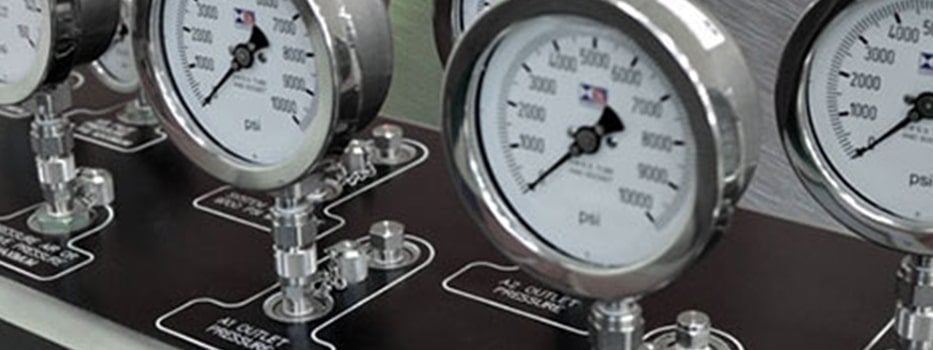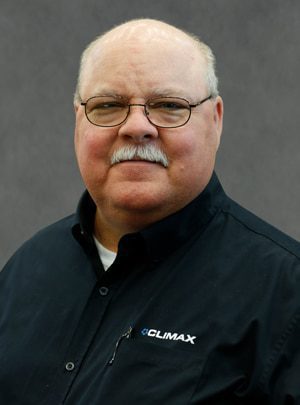
01 Oct VALVE TESTING EQUIPMENT – 5 FREQUENTLY ASKED QUESTIONS
 Clark Turner has been in the valve industry for more than 35 years, where he’s done everything including repairing, hydrotesting, and installing line valves, as well as installing safety and relief valves in various processes. He also spent significant time as an ASME Section VIII design engineer for high pressure and safety PRVs. Clark has been with CLIMAX as an application engineer and product trainer at CLIMAX, focused on CALDER Advanced Valve Testers. We caught up with Clark and asked him to highlight some frequently asked questions with regards to valve testing equipment. The questions and responses are below:
Clark Turner has been in the valve industry for more than 35 years, where he’s done everything including repairing, hydrotesting, and installing line valves, as well as installing safety and relief valves in various processes. He also spent significant time as an ASME Section VIII design engineer for high pressure and safety PRVs. Clark has been with CLIMAX as an application engineer and product trainer at CLIMAX, focused on CALDER Advanced Valve Testers. We caught up with Clark and asked him to highlight some frequently asked questions with regards to valve testing equipment. The questions and responses are below:
Q1: I need to test my valves to a standard other than the ASME standard (DIN, AWWA, etc…).
CLARK: Although the CALDER clamping system was originally designed for ASME pressure ratings, these systems can be utilized for testing to other test standards such as AWWA, DIN and a host of others. Simply identify the hydrostatic test pressures needed for the test and then we can determine the amount hydraulic clamping pressure needed to restrain the valve during the test.
“Every customer I encounter comes from a different background in skill and education, but they all want to perform valve testing better and faster than they are today. I really enjoy seeing them learn about all the possibilities that CALDER units offer from external valve testing capabilities, digital or large flow leak testing, control valve actuation ability for both pneumatic and vacuum, and so much more.”
– Clark Turner, Applications Engineer and Product Trainer
Q2: We need to test a high volume of globe valves. What kind of tester would you recommend?
CLARK: If the valve that needs to be tested is of a design that will allow it to be loaded across its body, then the CALDER HYDROPRO™ Universal Straight Valve Tester (USV) is the most efficient test unit. With the patented Easy-Out-Seal plates, the speed at which the plates can be separated and then re-clamped is much faster than traditional testing methods for hydrostatic testing. With the CALDER HYDROPRO™ USV Tester, both ends of the valve are sealed off with one hydraulic clamping pressure, making the process much easier for operators.
Q3: What is the advantage of having a vessel installed in an SRV tester?
CLARK: It provides the additional volume needed to test larger valves and allows you to capture the lift point instead of the simmer point.
Q4: What kind of tester should I use if I have trunnion ball valves?
CLARK: Trunnion ball valves and floating ball valves, by design, have a sealed connection between the flanges. Using a test stand that applies a load across the valve body can cause that seal to distort, making the valve leak, which will result in failing the seat leakage test. The CALDER HYDROPRO™ Universal Flange Valve Tester, clamps only the valve flange, which is the perfect solution for testing trunnion ball valves.
Q5: Do you have a system that will test both safety and control valves?
CLARK: Yes! Custom solutions are a big part of our business, and our team of engineers and designers are the best in the world at applying customer insights to modify existing valve testing technology or in several cases, creating new technology. The first step is to simply ask us for help!
Do you have additional questions about CALDER Valve Testing equipment? Contact us today to connect with a CLIMAX | CALDER expert and determine the best solution for your company.


